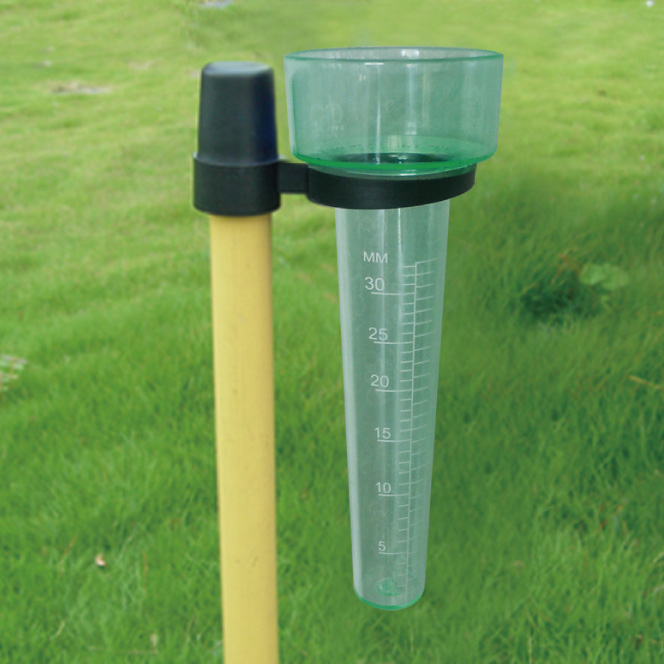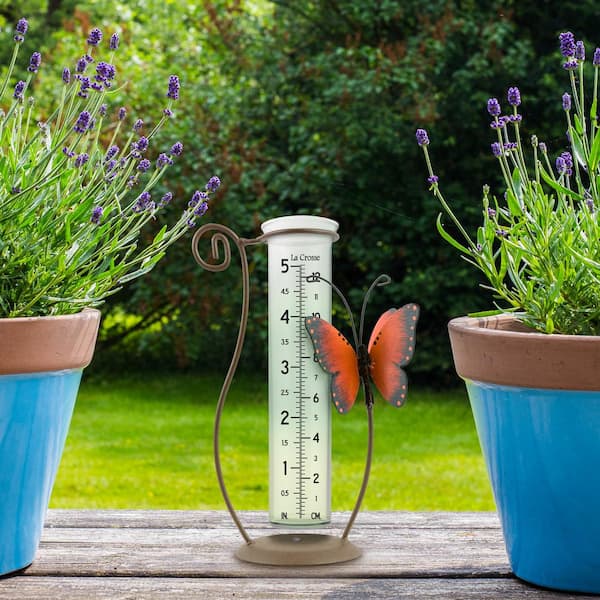The Rain Gauge: An Important Device for Keeping Track Of Precipitation Degrees
The Rain Gauge: An Important Device for Keeping Track Of Precipitation Degrees
Blog Article
Exactly How to Choose the Right Rainfall Scale for Accurate Rainfall Data
To get trusted dimensions, it is necessary to choose the ideal rain gauge. Considering variables such as area, type, and accuracy of the rain scale will aid make sure accurate information collection. Additionally, recognizing the maintenance and calibration treatments will add to the durability and integrity of your rain scale.
Significance of Picking the Right Rain Scale
The importance of choosing the best rainfall gauge exists in obtaining specific and trusted rains data for exact meteorological analysis. Rain data is critical for a large variety of applications, including weather condition forecasting, hydrological modeling, and environment research study. Unreliable or undependable information can result in erroneous conclusions and flawed decision-making processes.

Secondly, the accuracy and accuracy of the rain gauge are paramount. The scale should be able to gauge rains with high accuracy, recording even tiny quantities of precipitation properly.
In addition, the location and installment of the rain scale are important considerations. It must be placed in an open location, far from obstructions that can affect rains dimensions. The gauge needs to be positioned at a proper height and angle to stay clear of splashing and make sure correct catchment of rainwater.
Variables to Think About When Picking a Rain Gauge
When picking a rain gauge, there are numerous key aspects to consider. These elements can greatly affect the precision and dependability of the rains information collected. The very first variable to consider is the kind of rain scale. There are various kinds available, including typical rainfall evaluates, tipping bucket rainfall determines, and weighing rain evaluates. Each type has its very own benefits and negative aspects, so it is very important to select one that ideal matches your specific needs and requirements.
An additional element to think about is the product of the rainfall gauge. Rain evaluates can be made of different materials, such as steel, plastic, or glass. The product selected should be resistant and sturdy to weather problems, making certain that the rainfall gauge will certainly hold up against the aspects and offer exact measurements gradually.
Accuracy is likewise a critical variable to think about. Look for rain determines that have been calibrated and tested for accuracy. Functions such as anti-splash rings and funnels can additionally boost the precision of the dimensions.

Last but not least, take into consideration the climate and environment in which the rain scale will certainly be used. Different rainfall assesses are suitable for different climates, so it is essential to select one that is proper for the problems in your area.
Various Kinds Of Rainfall Assesses Available
To even more discover the aspects to think about when selecting a rain gauge, it is very important to recognize the various kinds of rain gauges readily available. There are numerous sorts of rain assesses, each with its very own advantages and negative aspects. The most usual type is the typical rain scale, likewise referred to as the round rain gauge. This kind is composed of a straight-sided cylindrical container with a funnel-shaped top. It is easy to make use of and gives accurate measurements of rainfall.
Another kind of rain gauge is the tipping bucket rain scale. This scale uses a seesaw-like device to gather and gauge rainfall. As the rain comes under the gauge, it fills one side of the container, triggering it to tip and empty the water. The number of ideas is counted online to figure out the amount of rainfall. Tipping bucket rain assesses are preferred for their accuracy and capability to determine rainfall strength.
A 3rd type of rain scale is the evaluating rain gauge. This scale uses an equilibrium system to gauge the weight of the gathered rainfall. As the rainfall drops right into the gauge, it is accumulated in a container attached to a balance. The weight of the water is gauged, and the rainfall quantity is calculated based upon the weight. Weighing rain assesses are very precise but can be a lot more pricey and need routine maintenance.
Ultimately, there are additionally remote rain gauges that usage progressed innovation to determine rains (The Rain Gauge). These assesses use sensors and transmitters to send out information wirelessly to a central unit. Remote rainfall evaluates are hassle-free for monitoring rainfall in hard-to-reach locations or for massive data collection
How to Determine the Accuracy of a Rainfall Scale
One way to analyze the accuracy of a rain gauge is by performing normal calibration measurements. Calibration entails comparing the readings of a rainfall scale to a basic measurement, such as a certified rainfall gauge or a climate station with high accuracy. By contrasting the dimensions, any kind of inconsistencies or errors in the rainfall gauge can be determined and made up.
To perform a calibration dimension, start by collecting rainfall information from both the rainfall Recommended Site gauge and the standard dimension gadget over a particular amount of time, such as a month. After that, contrast the analyses and compute the distinction in between them. This difference is called the calibration mistake.
It is essential to keep in mind that calibration dimensions must be done regularly, as ecological elements, such as wind, pop over to this site debris, and temperature, can affect the accuracy of the rain scale over time. By performing normal calibrations, any kind of adjustments in the precision of the rain scale can be spotted and changes can be made as necessary.
Along with calibration, it is additionally advised to clean and keep the rain scale on a regular basis to guarantee its precision. Get rid of any type of particles or blockages that may impact the precision of the measurements, and check for any type of signs of damages or wear that might require repair work or replacement.
Tips for Maintaining and Calibrating Your Rainfall Scale
Regular maintenance and calibration are essential for making certain the precision and dependability of your rainfall gauge in measuring rains data (The Rain Gauge). By following a few simple pointers, you can make certain that your rainfall scale is properly preserved and calibrated
Firstly, it is essential to clean your rainfall gauge routinely to avoid any kind of particles or dirt from blocking the rainfall collection mechanism. Utilize a soft brush and a moderate detergent to delicately clean the within and beyond the gauge. Wash it completely with tidy water and permit it to completely dry completely before reinstalling it.
Second of all, it is recommended to calibrate your rainfall gauge at the very least once a year. Calibration entails comparing the measurements of your rain scale with those of a trusted and precise recommendation scale. This will certainly aid you identify and correct any kind of prospective errors in your rain scale's dimensions.
To calibrate your rain gauge, collect a well-known volume of water utilizing a determining container and compare it with the measurements recorded by your rain gauge. Change the analyses as necessary to ensure precision.

Verdict
In conclusion, picking the best rain scale is crucial for obtaining precise rainfall information. Factors such as spending plan, location, and objective need to be taken into consideration when selecting a rain scale.
There are various kinds readily available, consisting of typical rain determines, tipping bucket rain determines, and considering rain determines.To additionally check out the aspects to consider when picking a rainfall scale, it is important to comprehend the different types visit their website of rain evaluates available. The most common type is the common rainfall scale, also known as the cylindrical rain scale.An additional type of rain gauge is the tipping container rain scale. Calibration entails contrasting the readings of a rainfall scale to a basic dimension, such as a qualified rainfall gauge or a weather condition terminal with high accuracy.
Report this page